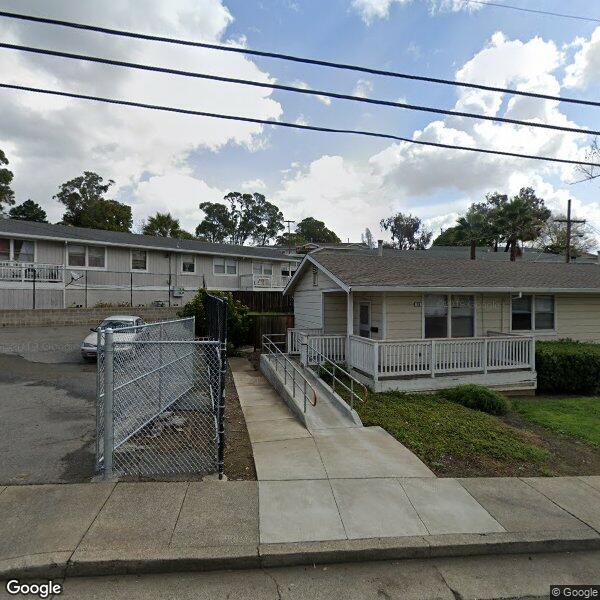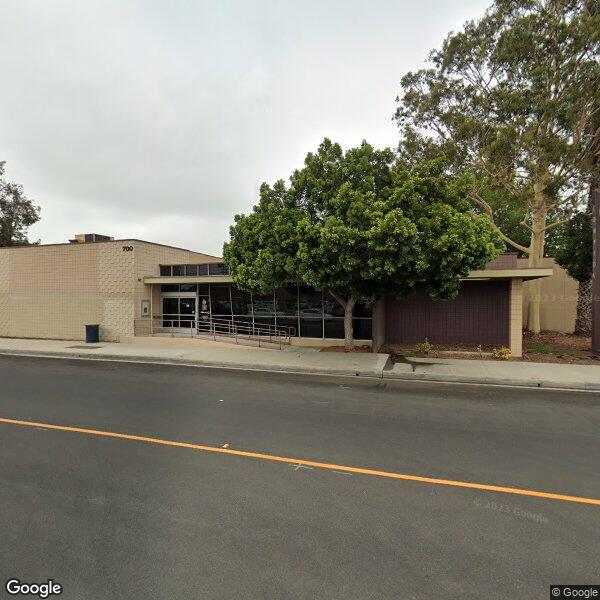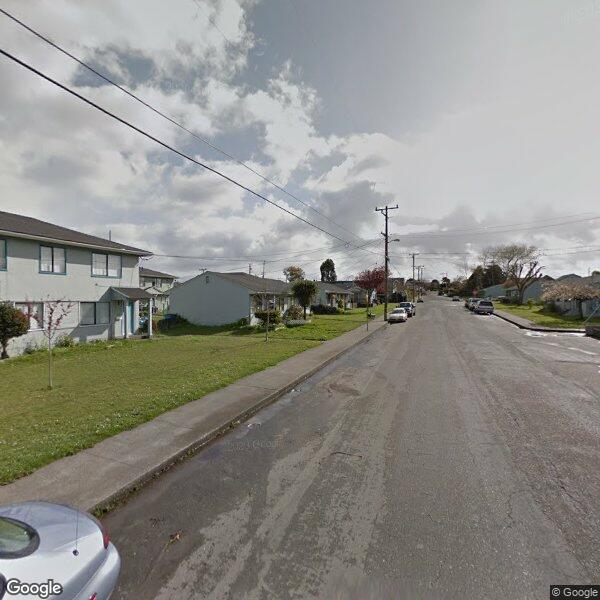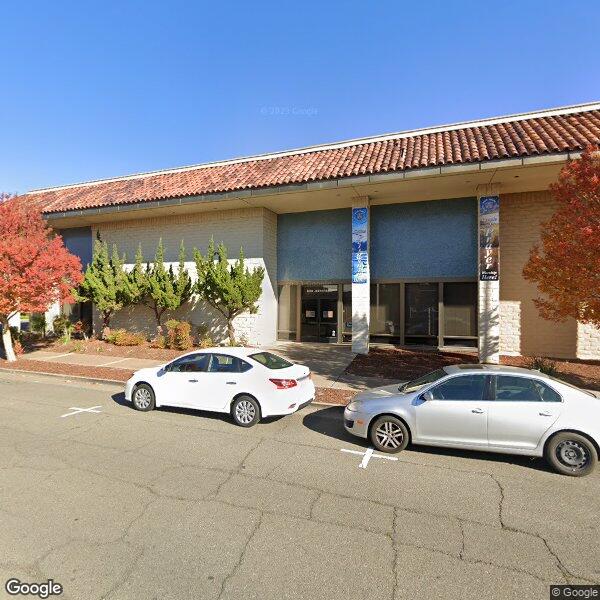The California Guide to Section 8 Housing
California’s housing affordability crisis has reached critical levels, with median rental costs in cities like Los Angeles and San Francisco far exceeding national averages. According to the National Low Income Housing Coalition, over 54% of renter households in the state are cost-burdened, spending more than 30% of their income on housing. Programs like the Section 8 Housing Choice Voucher Program offer a vital lifeline, enabling low-income families to secure safe, stable housing amid escalating costs.
What is Section 8 Housing in California?
Section 8 Housing in California refers to the Housing Choice Voucher Program, a federally funded initiative administered by the U.S. Department of Housing and Urban Development (HUD) and local Public Housing Authorities (PHAs). This program assists eligible participants in accessing housing in the private rental market by subsidizing a portion of their rent.
Under Section 8, participants typically pay 30% of their adjusted income toward rent, with the voucher covering the difference up to the payment standard. The program’s flexibility allows families to choose housing in areas that meet their needs, promoting economic independence and housing stability.
What is the Most Section 8 Will Pay in California?
The maximum amount Section 8 will pay in California is determined by the Fair Market Rent (FMR) for each area. FMR represents the estimated cost of renting a moderately priced unit in the local housing market. Each PHA sets its payment standard as a percentage of the FMR, which determines the maximum subsidy a participant can receive.
In high-cost areas like San Francisco, San Jose, and Santa Monica, FMRs and payment standards are significantly higher than in more rural areas like Fresno or Bakersfield. Participants are responsible for paying any rent above the payment standard.
Fair Market Rent
The HUD Section 8 program pays rents for low-income households directly to private landlords. The Housing Authority of California will pay about 70% of a tenant’s rent, while the tenant will pay the other 30%. Fair Market Rents generally determine the maximum rent that a Section 8 landlord will be allowed to charge their residents. The table below shows current fair market rents for California.
What are the California Section 8 Housing Requirements?
To access Section 8 in California, you must meet specific requirements. Your income should fall within a particular range corresponding to the local living cost to qualify. Often, this is 50% of the median income for your community. Different housing authorities in California may have additional criteria. They can examine your rental history, credit score and employment status.
You must also be a U.S. citizen or possess eligible immigration status. This requirement ensures that the program adheres to federal regulations regarding who can receive government assistance. As a prospective tenant, you must also pass a criminal background check.
What are the Income Limits for Housing Assistance Programs in California?
Income limits for Section 8 in California play a key role in determining eligibility. These guidelines are based on specific regions' median income and correspond to two main groups: low-income and very low-income. Typically, individuals or families classified as low-income earn below 50% of the AMI, while those considered very low-income earn below 30% of the AMI.
California's diverse economic landscape means these limits can vary across different regions. Areas with higher living costs generally have higher median incomes. Consequently, the income limits for housing assistance in these areas will be higher than in regions with lower living costs.
Income Limit
Income Limits are maximum income limits allowed based on household size. The following limits were established by HUD for low income households to be eligible for housing assistance in California for 2024.
How Long Does it Take to Get Approved for Section 8 in California?
Depending on location, approval can take several months or longer. The wait is often lengthier in areas with high demand for affordable housing, such as major cities or economically strained regions. Waiting times are shorter in lower-demand areas where affordable housing is more readily available. This situation can lead to a quicker turnaround from application submission to approval.
How To Qualify for Section 8 in California
To qualify for Section 8, applicants must:
- Meet income requirements based on HUD’s limits.
- Provide documentation of U.S. citizenship or eligible immigration status.
- Pass background checks for all household members.
- Demonstrate compliance with prior rental agreements.
However, other factors also play a role in determining eligibility. Family size is important, as larger families may require more assistance or different housing types. Specific needs, such as disabilities or elderly members in the household, are also considered. These factors help tailor the assistance to the unique circumstances of each applicant.
How To Apply for Section 8 Housing in California
Applying for Section 8 in California can be a lengthy process. First, you need to contact your local housing authority. They manage the local Section 8 program and are potential applicants' primary point of contact.
Application forms gather essential information about you and your household, including income, family size and housing needs. It's important to complete this application accurately, as it will be the basis of your eligibility assessment.
Providing documentation is the next step. Income verification is essential for determining eligibility. Other crucial documents include identification, proof of residency and legal status in the United States.
In some cases, you might also undergo an interview. This interview allows the housing authority to clarify details in your application and assess your housing needs more thoroughly. Then, as your application is reviewed, you may be placed on a waiting list.
Can I transfer my Section 8 Voucher to California?
Transferring a Section 8 voucher to California is possible through portability. This process allows voucher holders to maintain assistance when moving to a new location.
First, you must be in good standing with your current housing authority. This means complying with all the rules and requirements of the Section 8 program in your current area. You need to have a record of timely rent payments and adhere to the terms of your lease.
Next, inform your current housing authority of your intention to move to California. You should complete this notification as early as possible to allow for the necessary arrangements. The housing authority can guide you through their specific voucher transfer procedures.
Once you have initiated the process with your existing housing authority, reach out to the local housing authority in the region of California where you wish to move. The receiving housing authority then assesses your eligibility according to their local rules and the availability of funds. They can also provide information about the housing market in their area, including any specific guidelines or limitations.
Can I Buy a House with a Section 8 Voucher in California?
Using Section 8 in California to buy a house through the Homeownership Voucher Program is possible. However, there are specific eligibility requirements and not all housing authorities in California offer this option. Generally, at least one adult household member must be employed full-time and have a stable employment history.
Applicants must also meet other criteria set by the housing authority. These include factors like credit score, rental payment history and the ability to secure a mortgage from a financial institution. Not all housing authorities in California offer the Homeownership Voucher Program.
What are the Public Housing Authorities in California?
California has many public housing authorities spread across its diverse counties and cities. Each plays an important role in administering housing assistance programs, including Section 8, at the local level. They oversee the distribution and management of housing assistance programs. Housing authorities operate independently, adhering to both federal guidelines and local policies. This structure allows them to tailor services to their region's needs and characteristics.
California Waiting List for Section 8 Housing
The waiting list for Section 8 in California often extends for several months or even years. In regions with lower housing costs or less population density, the waiting list might be shorter. However, even in these areas, there can still be a long wait due to the overall high demand for housing assistance across the state. In dense cities and regions with high housing costs, the demand for affordable housing typically exceeds the available supply. Consequently, the waiting lists in these areas can be particularly long.
Is Emergency Housing Assistance Available in California?
Emergency housing assistance is available in California for those facing immediate homelessness or urgent housing crises. Rapid rehousing is a key component of emergency housing assistance. These programs help people facing housing insecurity move out of shelters or off the streets. Rehousing often includes temporary assistance for housing-related expenses, such as rent and security deposits.
Temporary shelters are another important resource within emergency housing assistance. They provide immediate shelter to those without a place to stay, offering a safe environment. Local governments, non-profit organizations or faith-based groups often operate these shelters.
Emergency Rental Assistance Serving California
Alameda County Housing Secure Emergency Rental Assistance Program (ACHS-ERAP)
Program Type: County
Details: Offers emergency rental assistance, covid relief, utility assistance and more
Anaheim Emergency Rental Assistance Program
Program Type: City
Details: Offers emergency rental assistance, covid relief, utility assistance and more
California's COVID-19 Rent Relief
Program Type: State
Details: Offers emergency rental assistance, covid relief, utility assistance and more
Chula Vista Emergency Rental Assistance Program (ERAP)
Program Type: City
Details: Offers emergency rental assistance, covid relief, utility assistance and more
City of Irvine Emergency Rental Assistance Program
Program Type: City
Details: Offers emergency rental assistance, covid relief, utility assistance and more
City of Los Angeles Emergency Renters Assistance Program
Program Type: City
Details: Offers emergency rental assistance, covid relief, utility assistance and more
City of Riverside Emergency Rental Assistance (ERA) Program
Program Type: City
Details: Offers emergency rental assistance, covid relief, utility assistance and more
City of San Diego COVID-19 Housing Stability Assistance Program
Program Type: City
Details: Offers emergency rental assistance, covid relief, utility assistance and more
County of San Diego COVID-19 Emergency Rental Assistance Program
Program Type: County
Details: Offers emergency rental assistance, covid relief, utility assistance and more
County of Santa Barbara Emergency Rental & Utility Assistance
Program Type: County
Details: Offers emergency rental assistance, covid relief, utility assistance and more
Where Can You Learn More About Section 8 in California?
Section 8 in California is a critical lifeline for low-income families facing the state’s high rental costs. By subsidizing housing expenses, the program helps families achieve stability and access better opportunities.
Understanding and navigating these programs is key to finding a suitable and affordable home. At HudHousing Network, our comprehensive resources can guide you through the process and help you find the housing solution that best fits your needs.




















